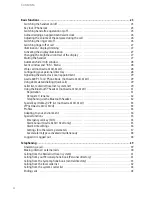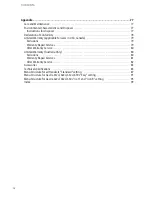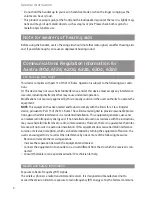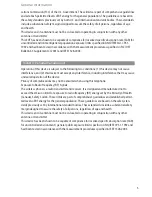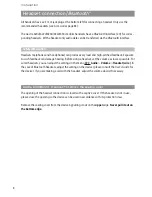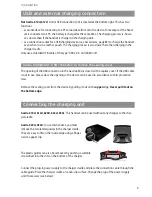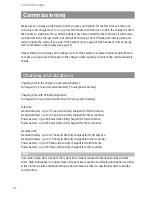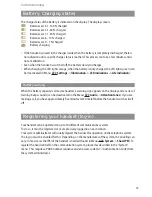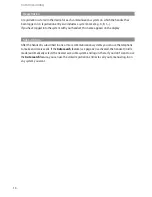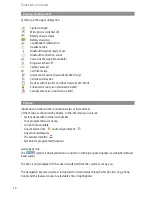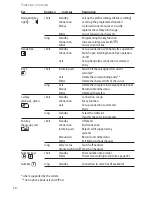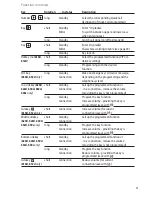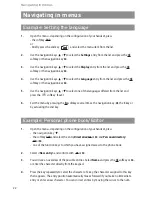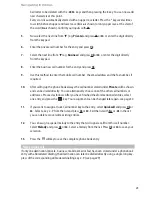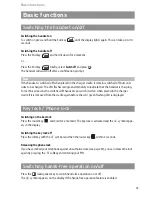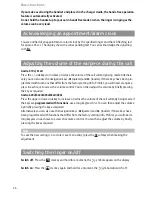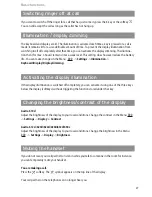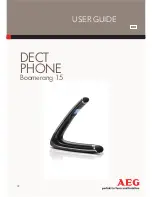
12
Commissioning
Make sure you charge up the battery before you use your handset for the first time as it ships out
with only a low charge level. To do so, place the handset (switched on or off) in the charger cradle. If
the handset is switched off (e.g. after the battery has been inserted for the first time), it will remain
switched off in the charger cradle, but will still be charging. The LED flashes alternately green and
red to indicate this status. If you switch the handset on (see page 25) the handset’s current charge
level is indicated on the display (see page 13).
It takes three to five charge and discharge cycles for the battery to achieve maximum performance.
So make sure you place the handset in the charger cradle regularly to achieve the optimum battery
charge.
Charging and durations
Charging time in the charger cradle (empty battery):
Full capacity: 2,5 hours (standard battery), 5 hours (power battery).
Charging time with USB charging device:
Full capacity: 5 hours (standard battery), 10 hours (power battery).
Talk time:
Standard battery - up to 15 hours (when fully charged) for North America.
Standard battery - up to 12 hours (when fully charged) for other countries.
Power battery - up to 30 hours (when fully charged) for North America.
Power battery - up to 24 hours (when fully charged) for other countries.
Standby time:
Standard battery - up to 105 hours (when fully charged) for North America.
Standard battery - up to 110 hours (when fully charged) for other countries.
Power battery - up to 190 hours (when fully charged) for North America.
Power battery - up to 200 hours (when fully charged) for other countries.
Note
Poor radio signals (far away from the system base station) reduce the handset standby and talk
times. High loudspeaker or ringer volume, frequent key activation and display illumination as well as
active vibration alarm and
Bluetooth
operation are features that can specifically shorten standby
and talk times.
Commissioning

